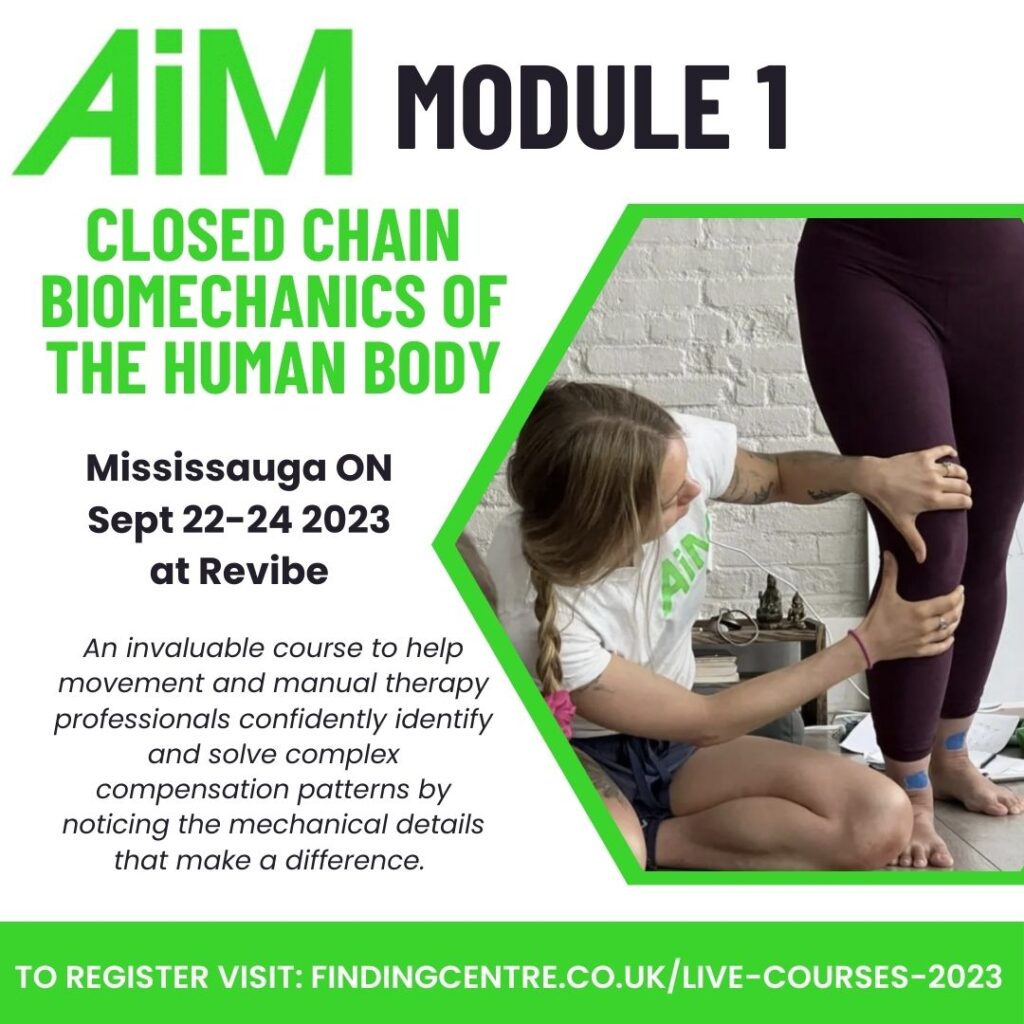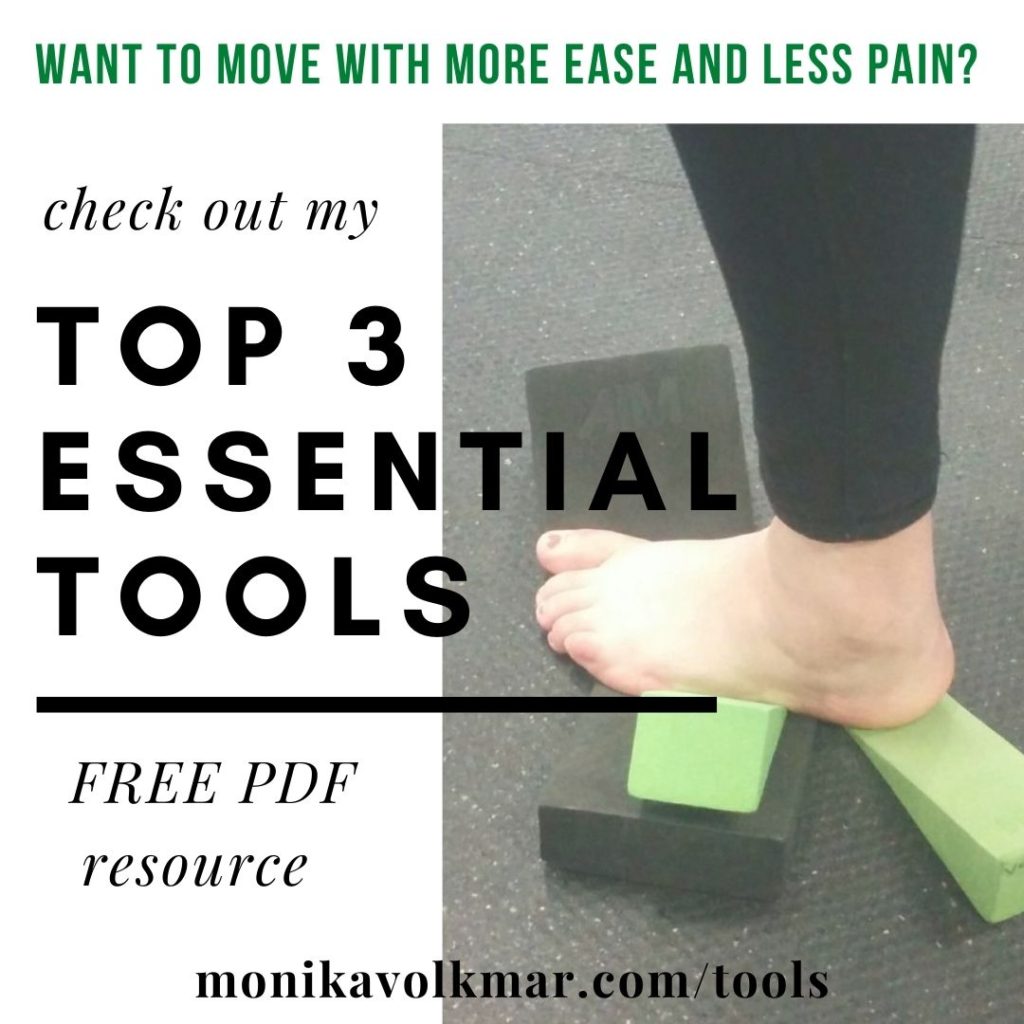In my 3 Essential Tools resource (a must-read for budding Movement Detectives) I extolled the importance of continous learning. Education is truly one of the most valuable tools for helping our bodies move with more ease and less pain. If you don’t know what a healthy body should be able to move like, how are you going to get yours to move better??
Education comes in so many forms: Attending courses and workshops (online and in person), diploma and degree programs, working directly with mentors, doing independent research, and reading. If you’re me, lots and lots and lots of reading.
I confess… I have a reading problem.
Not that I can’t read well, but that I have a tendency to get so stuck into reading a book that I might shirk my more pressing life resonsibilities. This can get me into trouble when I actually have important shit that needs getting done. Adulting is hard sometimes…
That said, some books have literally changed the trajectory of my life.
Has that ever happened to you? After reading a book, something actually woke up in you that forever changed how you think and engage with life?
It’s rare… Most of the time, embrrassingly, I struggle to summarize just three key take-aways after finishing one chapter. Reading a LOT of books clearly doesn’t equate in me actually absorbing the content.
And then there are some books after which the trajectory of your life shifts a few degrees.
Have you heard of the 1 in 60 rule in aviation? It states that a one degree change in direction can result in a disproportionately large shift in final destination: Each degree off over a distance of 60 nautical miles translates to 1 nautical mile off course. Think about the crazy implication this has for where you might end up… A completely different city, or country, or even continent!
Some books push us that one degree (hopefully in a meaningful direction…). How amazing is that?
So I’ll stop blabbering now, and get to the point. I’d like to share five books that stand out in memory as having changed the trajectory of my life. I don’t expect that they’ll have the same life-changing effect on you, but one of these titles might lead you somewhere new that you wouldn’t have explored otherwise.
5 Books That Changed Me
What the Foot- Gary Ward
Well of course this is at the top of my list. I don’t know who or where I would be right now had I not read this book. Is has had the largest impact on both my professional and personal philosophies for working with human bodies in motion, including my own.
WTF is a mind opening read that made me question the conventional fitness and therapy paradigms around stability and core training, foot mechanics, and the utility of stretching. Like the tagline says, “A game changing philosophy…”. This book also led me to take the plunge and take the six day Anatomy in Motion immersion course (7 times…) which at the time was a big financial investment. Now, I am working with Gary and Chris of AiM as both a mentee and mentor to help other AiM students learn more deeply.
Ultimate Back Fitness and Performance- Dr. Stuart McGill
Here’s a story I’ve never told here before: When I was 21 and getting hamstring rehab, my physiotherapist lent this book to me, and it was the inspiration to create a program to help banged-up dancers with back (and other) problems build strength and prevent injuries (The Dance Training Project).
This is the book that first got me interested in learning about my own body. Up until then I’d never given much thought to the notion that I could have any effect on changing my reality. This book inspired hope in me that, with this new information about how the spine works, I could take responsibility for my back problems and get myself well. Honestly, I haven’t referenced this book since I was 21, though I’m sure there are some excellent golden nuggets to review. But the biggest thing I got from this book was the sense of empowerment that came from learning something new about my body that I previously had zero awareness of: It woke up my inner Movement Detective.
Yoga: The Spirit and Practice of Moving into Stillness– Erich Schiffmann
This book denotes a major pivot in my life: The moment I learned what it meant to feel “good” after moving my body. I was 19 or 20 at the time, and decided on a whim to take a yoga class. It was the first time I actually breathed while moving- What a concept. It challenged my body in a whole new way comapared to my dance training. And after the class, something felt very different. I was used to feeling broken down after dance and exercise, but that day I left the studio feeling clear headed, calm, aligned, and “good”. I didn’t know what good actually felt like until then!
Intrigued, I went to a local indie bookstore, and this book jumped off the shelf at me. The first section the author’s story, his journey into yoga and meditation. I had never considered trying meditation before, and I gave some of his exercises a try. It was a gradual shift, but this was my initiation into observing my own thoughts, and that movement could feel restorative, not punishing. I began willingly observing myself. Slowly, I started to value awareness and self-inquiry. I don’t know if this book is anything special compared to other yoga books (haven’t read other yoga books), but it was the exact book I needed at that moment in time.
Loving What Is- Byron Katie
This lovely book gave me practical tools that helped me reduce my neuroticism to a level that made my life much less sufferable. In her book, Katie outlines “The Work”: A four-question process for investigating the sneaky beliefs and thoughts that are keeping us stuck in the same old cycles of emotional reactivity, and holding us back from evolving in all areas of life.
I remember the first time I used her framework I immediately felt as if a weight had been lifted. I realized for the first time the depth to which my unconscious belief-systems were ruling my every thought and decision, repearing the same behaviours over and over. I can’t recommend this book enough for anyone looking for a structured, systematic way of compassionate self-inquiry.
The Art of Asking– Amanda Palmer
Amanda Palmer is a musician who began her performance career as a “living statue” street-performer (and made more money than she did at her “real job”). Her story has nothing to do with the body, but it heart-warmingly covers important themes common to all humanity: Defning your personal version of success and marrching to the beat of your own authentic drum. The courage it takes to risk being vulnerable. The value of human connection, and nurturing relationships (which I often still take for granted). The magic that can unfold when you put your trust in people and life and your intuition, even when things are uncertain. That sneaky little “fraud police” character within that can sabotage us from taking action towards our dreams. And so much more (in fact, after reading this book I was inspired to start writing my book Dance Stronger).
Disclaimer: These books probably will not change your life. Don’t get your hopes up 😉
I think books find their way into our hands at the exact time we need them, for eactly where we are in our lives at that moment, for the exact lessons we personally need to learn. Life works in mysterious, magical, and serendipitous ways.
It is 100% possible (more like, probable) that you could read one of the books and get absolutely nothing useful from it. Boring. A waste of time. And that’s ok 🙂
Anyway, I’d love to hear if you’ve read any of the books on my list, and then what the top five books are on YOUR life changer list 🙂 Because I can always use more book recos.
*BE AWARE: Some of the book links are Amazon Affiliate links, which means that if you click through and happen to purchase one of the books, I get a microscopic % of the profits. I’m not doing this because I’m a greedy-pants person, but because every litte bit helps support me spending hours of my time writing this blog. I am ever so grateful if you do wish to purchase one of these books, that you choose to go through one of my links, and help support me writing more for this blog (and simultaneously divert some $$ from Amazon into my pocket). Thank you! 🙂











